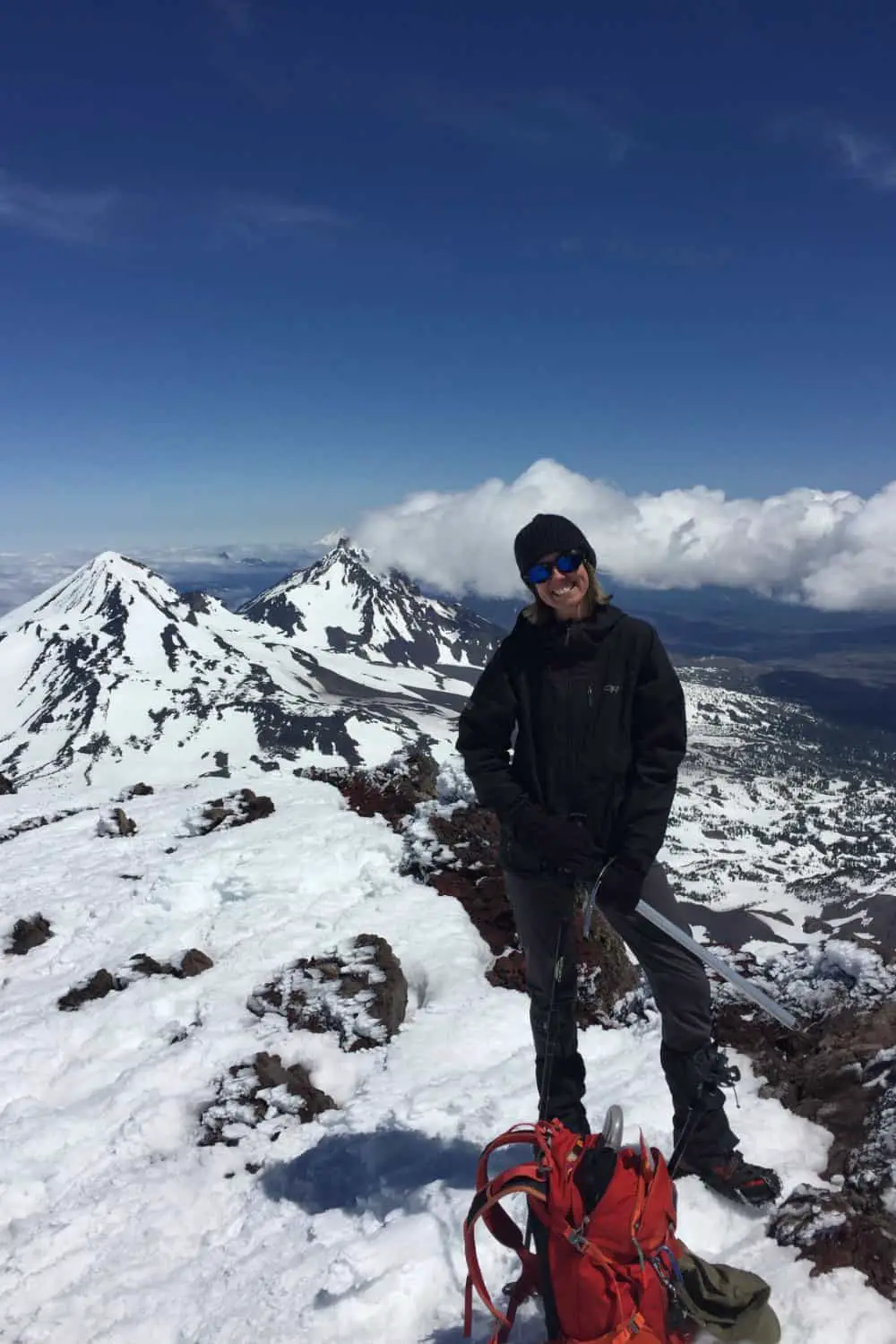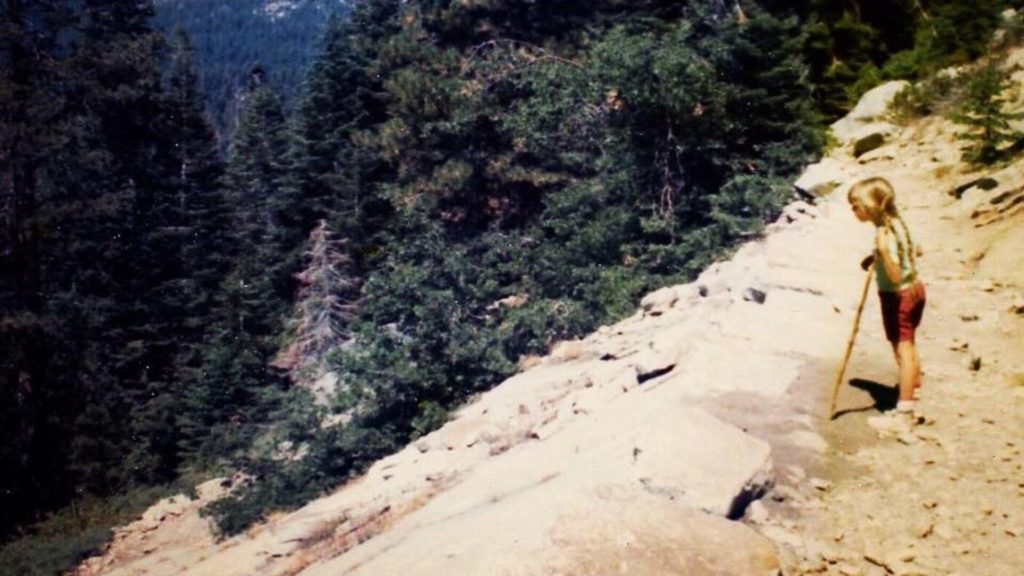So you’ve decided you want to start hiking! Welcome to one of the best decisions you’ll ever make, and to a community and way of life that will open doors to experiences and vistas that will blow your mind.
There are as many reasons to hike as there are hikers, and yours may be as deeply personal as processing grief or as superficial as wanting better pictures for your online dating profile. There’s no doubt about the physical benefits of exercise, and studies supporting the mental and emotional benefits of time spent in nature are numerous and reliable. If you’re feeling like your self-confidence has taken a beating and you need to feel like you can do things, climbing even the smallest hill can give you the biggest boost. You’re never too young or too old to start, and you really only need your own two feet to get going.
One could argue that no other activity so thoroughly satisfies the body, mind, and soul the way hiking does.
So how do you know where to go? What to bring? What to wear? How to get started?
Ask A Friend
If you have friends who hike, ask them to take you on something short and easy at first. Even if you’re in great shape and spend nearly every day in a gym or on a bike, your first hike should be something that you can easily turn around from if you decide it’s not for you; and if you’re not in great shape, there’s nothing more miserable than biting off more miles than you can chew. Most hikers are more than happy to bring a newbie along and pass down their experience.
Get Some Shoes
A comfortable pair of hiking shoes doesn’t need to break the bank, and depending on where you’re going, you can likely wear whatever athletic/tennis shoe/running shoe type of shoe you already own as long as it has good tread and doesn’t give you blisters, and you don’t care if they get dirty. After a time or two out there once you’ve decided to continue, you can go shoe shopping, which in and of itself is so much fun and can make you feel like you’re ready to take on the world, not even exaggerating.
Other Gear
- Clothes: Depending on weather, a breathable shirt or tank top, a wool or synthetic hoodie or pullover, and some leggings, shorts, or comfy flexible pants should get you started. Wool socks are much better for sweat and blister prevention than cotton (pro tip: avoid cotton anything). Depending on how long you’ll be gone, and what time of year it is, layers are your friend. Especially when just starting out, erring on the side of “just in case” is best: a rain jacket, an extra fleece, extra socks.
- Pack: For your first few hikes you can put your stuff in any comfortable backpack you already have. I see far too many people rush out and buy everything without researching, without really knowing if the mountains are a place they want to be. A pack is a big decision and a big investment so be sure this is something you want to do first.
Most of this stuff you likely already have from going to the gym or participating in other forms of activity; if not, you don’t need to go drop several hundred dollars at REI before you even get started. There’s plenty of time for that later. For now, if there are pieces you don’t have, check out your local secondhand athletic store.
What To Bring
- Water: one liter per two hours of hiking is a good rule of thumb; adjust for hotter weather, steeper trails, or personal preference.
- A few travel-friendly snacks that don’t require refrigeration and are a good blend of sugary and protein based foods are best. The salt/sugar combo does wonders for keeping your energy and electrolytes on point, giving you plenty of fuel and none of that terrible hit-the-wall feeling
- The Ten Essentials: Likely your first hike won’t be deep in the backcountry where you need a compass and firestarter, but having at least most of these is best practice for even the semi-urban hiker:
- Navigation: map, compass, altimeter, GPS device, personal locator beacon (PLB) or satellite messenger
- Headlamp: plus extra batteries
- Sun protection: sunglasses, sun-protective clothes, and sunscreen
- First aid: including foot care and insect repellent (as needed)
- Knife: plus a gear repair kit
- Fire: matches, lighter, tinder and/or stove
- Shelter: carried at all times (can be a light emergency bivy)
- Extra food: Beyond the minimum expectation
- Extra water: Beyond the minimum expectation
- Extra clothes: Beyond the minimum expectation
Where To Go
Most areas that have trails will have a local website where you can search trail options. Here in Washington state, the Washington Trails Association has an incredibly thorough, user-friendly, constantly updated site where you can search hikes by area, difficulty, mileage—you can even search by features (waterfalls, lakes) or restrictions (pet-friendly, ADA accessible). Alltrails.com is an incredible resource as well. Doing a basic google search for your town name and the word “hike” should generate something, and there’s always word of mouth. But start small. Your first hike might only be a couple miles long, and that’s okay.
Check The Weather
Your first hike should probably be on a good-weather day. Weather can be very different up high than it is at sea level, so if you’re planning to go up into the mountains a bit, check weather for that specific elevation. I cannot tell you how many times the weather is thirty degrees different on the summit than at my house less than a twenty minute drive away. Sunny here, snow there? That’s happened. Foggy rainy here, blue skies there? That too.
Sunrise/Sunset
Check the time of each—and subtract about an hour from sunset if you’ll be coming back through a forested area as it gets dark in the woods much earlier. Headlamps or flashlights are one of the ten essentials for good reason—it’s hard to describe how scary and unproductive wandering in the woods at night can be. So know how much daylight you have and always err on the side of “just in case.”
And with that, you’re ready to go! A few more tips and tricks:
- Start on crowded, popular trails on weekend days at first; eventually your comfort zone will allow you to get a little more remote, stay out for longer, and increase your mileage
- Some people only hike with others, some only hike alone, and some do a little of each. It doesn’t matter, as long as you feel safe, comfortable, and prepared
- Try not to increase your mileage by more than about 20% a week
- Listen to your body: if it wants more, keep going! If anything hurts, slow down
- Check the Hiking Etiquette article for a peek into some of the unspoken rules of the trail
Hiking appeals to so many people because it’s in our roots, in our bones, the muscle memory of generations of nomads and pioneers; there’s nothing to learn, nothing to take lessons or memorize the rules of, it’s just walking, one foot after the next. You know this, you’ve got this.
The places you’re about to go will touch your soul in ways you didn’t even know existed. The feeling you’ll have standing on top of your first summit. The bravery and confidence you’re about to learn you’ve had all along. The way you’ll get to know yourself out there. The views! Planet Earth in colors and and sounds and vibes you’ve only dreamed of. There’s nothing like it. Get ready.
Sources
Washington Trails Association: Website
AllTrails: Website

Wendy Harrington is a California native who has lived in a small town at the foothills of the Cascade Mountains in Washington state since 2001. Her love of trail running and peakbagging has led her to summit all five Washington volcanoes, climb to the high points of three states, and put nearly a thousand miles a year on her boots. Her loves include ridgelines, saddles, granite, one-day pushes on big mountains, anything volcanic, long solo days, and objectives that push limits and test endurance.

